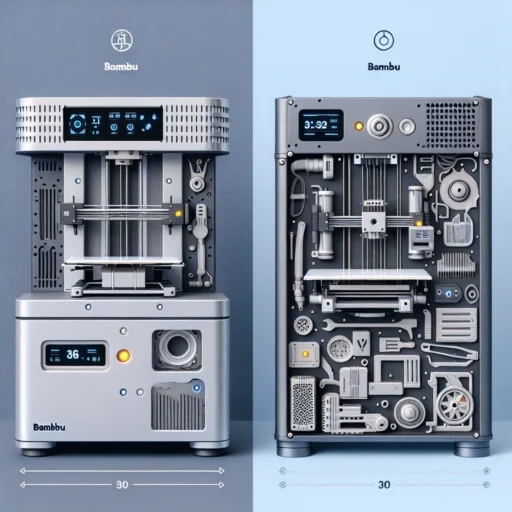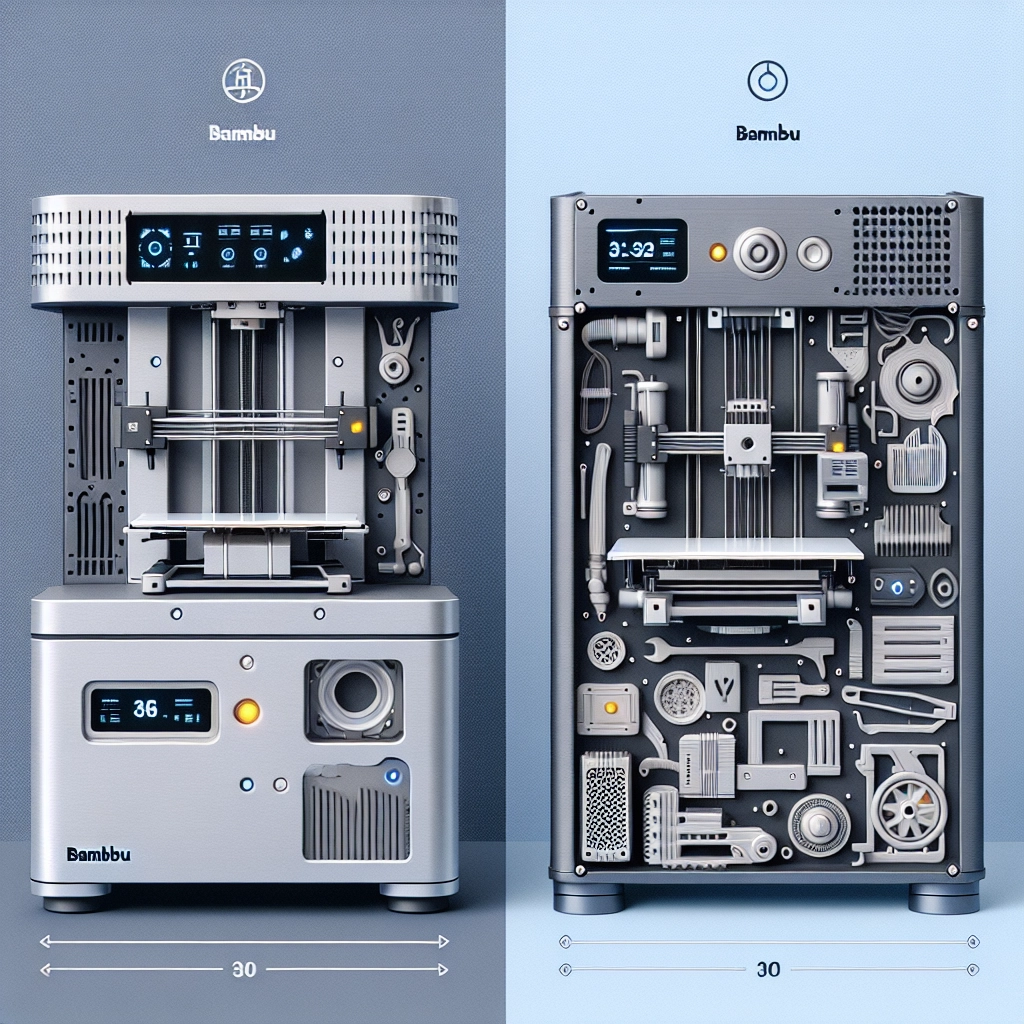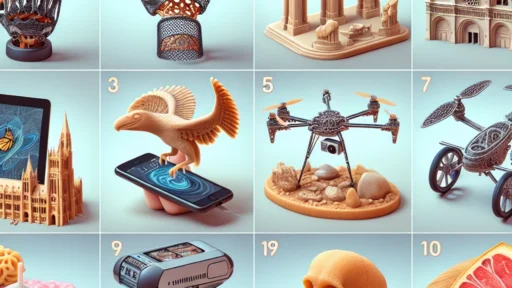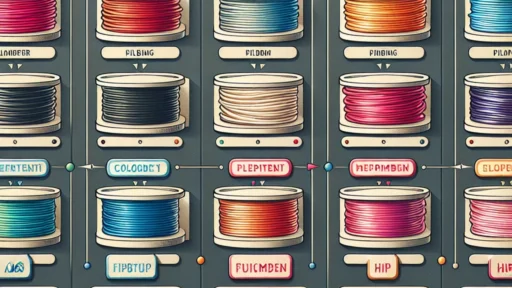Bambu Lab vs. Traditional 3D Printing: What Sets It Apart?
3D printing has become an essential innovation in a variety of sectors, from prototyping and manufacturing to education and hobbyist projects. As the technology has evolved, so has the landscape of 3D printing vendors, bringing forth new solutions with unique features. Bambu Lab, in particular, has emerged as a significant player, introducing advanced printing technologies that set it apart from traditional 3D printing methods. But how does it compare to traditional 3D printing? Let’s delve into the complexities and specifics to find out.
The Basics of Traditional 3D Printing
Traditional 3D printing methods primarily rely on Fused Deposition Modeling (FDM) and Stereolithography (SLA) processes. FDM printers extrude thermoplastic material layer by layer to create a 3D object, while SLA printers use a light source to cure liquid resin into solid forms. Each method has been widely used, but they come with their own sets of challenges.
Pros of Traditional 3D Printing
- Affordability: Traditional FDM printers often come with a lower price tag, making them accessible for beginners and educational institutions.
- Widespread Material Compatibility: Many thermoplastics are available to choose from, offering diversity in materials.
- Established Community: With years of development, there is a large community for troubleshooting and sharing knowledge.
Cons of Traditional 3D Printing
- Speed Limitations: The layer-by-layer process is inherently time-consuming.
- Resolution Constraints: Traditional methods often struggle with achieving fine detail.
- Post-Processing: Many traditional prints require significant post-processing, which can be tedious and time-intensive.
Bambu Lab: Redefining 3D Printing
Bambu Lab is a relatively new contender in the 3D printing scene that has made waves with its innovative approach. Their flagship model, the Bambu Lab X1, integrates advanced technologies to elevate the 3D printing experience.
Key Features of Bambu Lab
-
High-Speed Printing: One of the standout features of Bambu Lab printers is their speed. They harness a high-speed CoreXY motion system, significantly reducing print times without compromising quality. While traditional printers can take hours for a single print, Bambu Lab can accomplish the same task in a fraction of that time.
-
AI-Driven Capabilities: Bambu Lab printers utilize AI technology to manage and regulate print settings dynamically. This means better adaptability for varying print conditions and materials, subsequently increasing print success rates.
-
Ease of Use: Bambu Lab printers offer user-friendly interfaces and seamless setup processes. The inclusion of features like automated bed leveling and smart color detection makes it accessible for novices.
-
High Division of Material Types: While traditional 3D printing is generally limited in the material types optimized for use, Bambu Lab manages a wide variety. Their printers work well with both PLA and advanced materials such as nylon and even composites.
Bambu Lab vs. Traditional Methods: A Comparative Analysis
Now that we have an overview of both Bambu Lab and traditional 3D printing methods, let’s compare them across key dimensions:
1. Speed
- Bambu Lab: Exceptional speed; capable of significantly faster prints due to enhanced technology.
- Traditional 3D Printing: Slower, with longer print times that can deter large-scale projects.
2. Quality and Resolution
- Bambu Lab: Can achieve finer details with less post-processing.
- Traditional 3D Printing: Often requires manual adjustments in settings for acceptable resolution.
3. User Experience
- Bambu Lab: Focusing on intuitiveness with automated features.
- Traditional 3D Printing: Requires more technical knowledge and troubleshooting skills.
4. Cost-Effectiveness
- Bambu Lab: While higher initially, may result in lower operational costs through faster production and less wasted material.
- Traditional 3D Printing: Lower upfront costs, but potentially higher in long-term time and material wastage.
Conclusion
Bambu Lab represents a paradigm shift in the world of 3D printing, offering high-speed, high-quality production that appeals to both hobbyists and professionals. While traditional 3D printing methods still have their place and advantages, the new technologies introduced by Bambu Lab indicate a future where printing is faster, easier, and more diverse in capability. As we venture further into an era of increasing innovation, it’s exciting to think about where 3D printing technology will take us next. Industries that can embrace these advancements will inevitably open doors to new possibilities, leading to a complete transformation of how we create and prototype.






